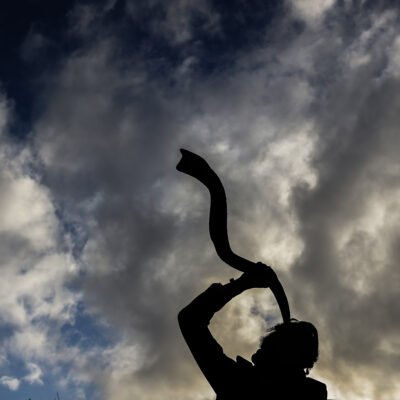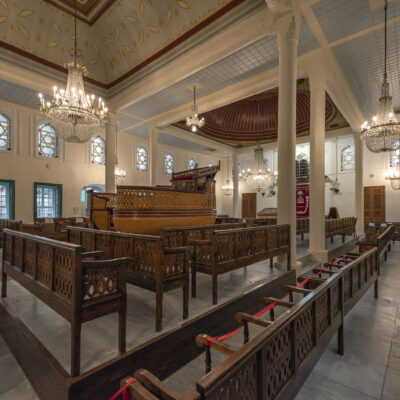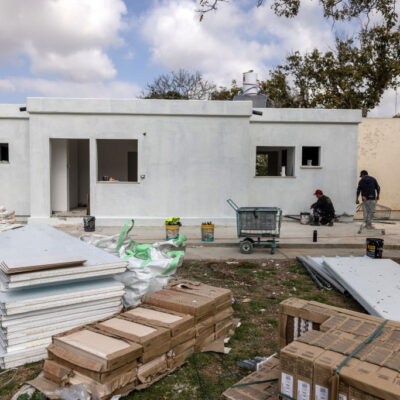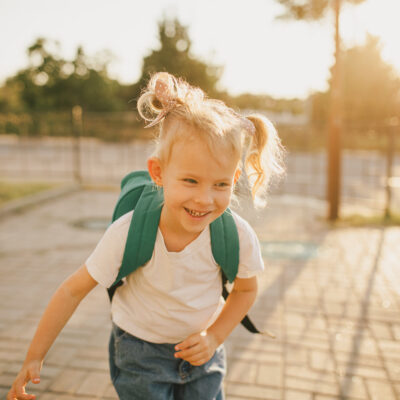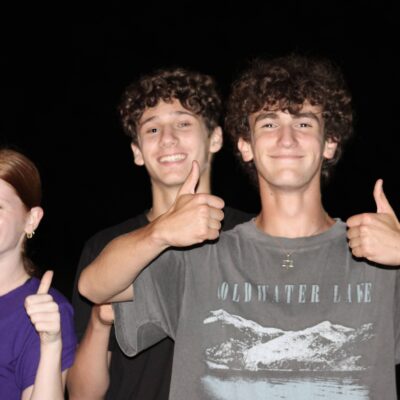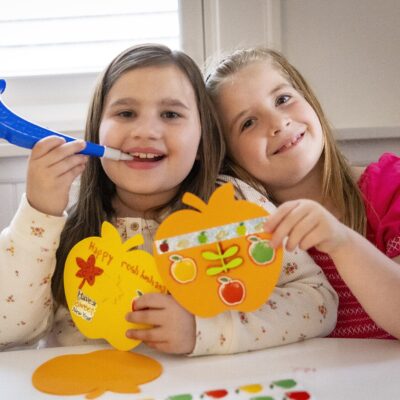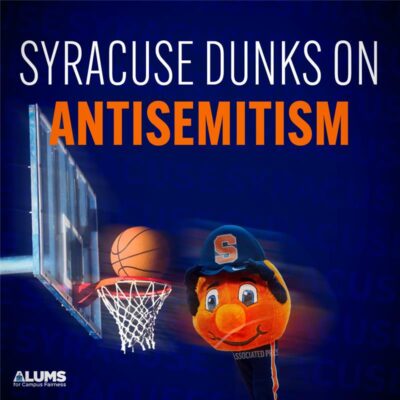Opinion
Our second pandemic Pesach
“Next year — in person!” we whispered to ourselves or called out in semi-unison with our Zoom guests at last year’s Pesach Seder. Now it is that ‘next year,’ and although we are vaccinated or on our way there, this year’s Passover celebration is once again different from all other years.
How do we make sense of a second Pesach inside of the COVID-19 pandemic? How do we reckon with a second holiday apart, when the first one was devastating enough? How do we mark this anniversary? How do we make meaning from this holy festival when we are as burnt out, exhausted, and over it as we are? How do we sit around a table when those who used to join us there are gone?
The Seder itself may be the key that unlocks these chains that bind us to the difficulties of this last year. Consider these reimagined rituals for the 5781 Seder, and let us know what else you are thinking about that helps you feel supported and inspired this Pesach season.
Bedikat Chametz
Before Pesach even begins, we are instructed to rid our spaces of that which does not belong – chametz. In addition to these leavened goods, there is much else to leave behind. When it is time to sweep away our crumbs, we should also clean out our personal pantries of what no longer suits us. What spiritual chametz are we tossing out this year, are we not bringing into our Pesach celebration? Maybe:
- Contributing to excess waste
- Impatience with and judgment of loved ones and colleagues
- Trying to do everything, at full speed, all the time
- Witnessing racism, sexism, transphobia, and other forms of bigotry without acting
Write down a list of spiritual chametz, burn it in a contained space, and sweep away the ashes with your crumbs.
The Seder Plate
There is nothing quite as visceral in Jewish life as the symbols on the Seder Plate. The traditional elements help us tell the story of our ancestors’ liberation. And modern additions over the last several years tell a more recent story of belonging and inclusion. What might we add to represent our current mitzrayim – narrowness? What could we place on our plates to symbolize the freedom we so desperately seek for ourselves and others? How about:
- A thermometer – in awe of the essential, front-line healthcare providers who have sacrificed so much to deal most closely with the virus
- A fork – in appreciation of food workers and grocery store employees who planted, grew, packaged, delivered, shelved, and sold us our nourishment throughout these uncertain times
- Earbuds or headphones – to remind us that, even though often-tiring, Zoom and other technologies have kept us tuned in to one another while separated
- A bandage – in gratitude to the creators, supporters, and administrators of the vaccines
- A mask – our new best friend and most important reminder to continue taking personal responsibility for the end of the pandemic
- A mirror – to encourage us to reflect on what we have learned about and from ourselves this last year
Maggid
At the heart of our Seder is the retelling of our people’s life in and escape from Egypt. But this is not the only story we must tell this year. How fitting that we sit on a similar cusp of freedom today. Our sea has not fully parted, but – thank G~d – we can taste the other side. What would it feel like to tell our own stories of this last year during Seder? To share what we have learned during and from the pandemic? To talk about how we have grown, and where we have become stuck? To celebrate the books and shows we have enjoyed? To express the anger we have absorbed?
Mourning Rituals
People have died. We have survived. How do we wrestle with this most difficult truth? Reciting Mourner’s Kaddish is not typical during a Seder, but may be the right thing to include in 2021. Naming who we miss helps us keep their memory a blessing. Perhaps this pairs well with Kadeish at the start of the gathering: calling forth the holy intentions of both joy and sadness as the Seder begins.
What other Jewish mourning rituals might we weave into our Seder? After a year of loss, we usually attend an unveiling of a headstone. What would an unveiling about this year feel like at our Seder? Would sharing who and what we miss from the Before Days help us look forward to reuniting with them soon? Would writing them down help us get out of our heads? During the listing of the plagues and the placing of wine drops on our plates, perhaps we should instead list what we grieve and miss in our own lives.
Miriam’s Cup
A relatively new tradition at the Seder is to fill a cup with water for Miriam and place it next to Elijah’s. Miriam’s Well accompanied and nourished the Israelites during their wandering in the desert. We would be remiss to not identify what the pandemic has offered us, how we have been nourished during this odd time. What have we gained from a slowed pace? What have we learned from spending more time at home? Invite each participant at the Seder to fill Miriam’s Cup with a bit of water and offer aloud a “COVID-keeper” – something they hope to hold on to after the pandemic – or a joy they have experienced during the last year.
Nirtzah
Our Seder does not just end; it concludes with purpose. Already we are meant to think to next year, to Passover 5782. This is asking a lot, especially this year. But it is a crucial invitation for us to accept. Just as we are taught to treat ourselves as agents of this collective redemption, so too must we see ourselves as responsible for a better tomorrow. Conclude the seder with each participant offering a prayer for the resilience needed to reach the next day and next year.
Next year in Jerusalem. Next year, healthy. Next year, safe. Next year, in person.
Forrest Yesnes is the Director of Youth and Family Education at Shir Tikvah in Minneapolis, Minnesota. He is an alum of NFTY, URJ Kutz Camp, and the National Outdoor Leadership School. Forrest is currently pursuing an Executive Master of Arts in Jewish Education at Hebrew Union College – Jewish Institute of Religion.
Betsy S. Stone, Ph.D., is a retired psychologist who currently teaches as an adjunct lecturer at HUC-JIR. Her classes include Human Development for Educators, The Spiritual Life-Cycle, Adolescent Development and Teens In and Out of Crisis. She is a regular contributor to eJewish Philanthropy.

 Add EJP on Google
Add EJP on Google